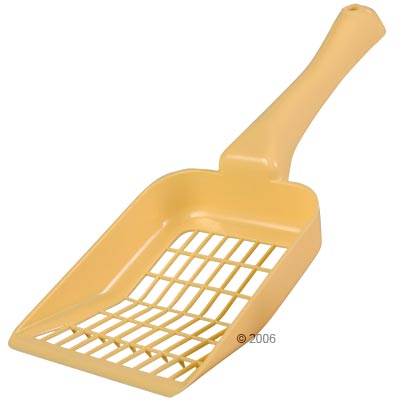Persian Cat
 |
| Persian cat |
Exotic cats today with long fur hair did not reach Europe until the late sixteenth century. Before that, all domestic species had short hair.
And its true origin a little vague, does long hair cats are descendants of assets wild cats or they did not develop spontaneously in certain parts of the world in response to cold weather?
And everyone recognizes that the origin of long hair cats descended from Europe from the Turkish Angora cat ratio for the Ankara-Turkey. And not to be confused between Angora known today and who knows hair short orintal.
Persian cat permission strain descended from a cross between a cat with long fur Turkish hand and Iran on the one hand.
For all cat Shirazi(Persian cat ) is a symbol combines luxury, elegance and power. This is no doubt where he was the first ever Shirazi arrived in Europe 300 years ago by traveling to the east and were giving gifts to nobles and elders to become Shirazi signs of aristocrats in Europe in the 16th century.
The Italian Pietro della Valle (1586 - 1652), who spent more than 4 years in Persia between 1617 - 1621 is the first one brings this quality to Europe.
To begin trip cat Shirazi in Europe starting from Italy to France and down to the United Kingdom, to be renamed French cat, cat Chinese, Indian cat, to finally taken naming the long-haired cat Persian proportion to its origin.
And has become fashion in the reign of Queen Victoria, became educators, even though they have no knowledge in genetics confuse and Enaslon Shirazi with qualities seconds without taking into consideration the race or color, to change the breed Shirazi to what we know today of all its properties.
Months types long haired cats are Persian (Iranian) any blue, not a lot like the cat breeds is actually blue in color, not gray or silver and can be shades Nevertheless, most copies favorite pale. Thick and silky undercoat , and should be self-color without the distinctive marks in total. One of the first types is the blue cat long hair, which was probably a result of mating a black cat with a long white cat hair and originally there was a gray cat and maybe one of those with blue shadows no longer knows rating these days. At the end of the last century was the blue cat and one of the cats long hair known in opposition, and it is interesting that the shape of her body closer to what is called full cat for the breed, so often used in breeding programs to improve the other colors.
And famous Shirazi round his head, and small ears, large eyes are rounded, and a small nose. And featuring a beautiful harmonious his body. Short neck, and tail harmony with the body.
But in the beginning it was cats generally white, black, blue, red, and color creamy. The silver color and quality known chanchila were identified for the first time in 1894 at London's Crystal Palace. Choice this name been through to get cats to clear colour is chanchila. The dark Unified has called silver smoker.
And the evolution of breeders been mated chanchila and silver smoker and some dark colors and cats were obtained golden color.
The colors have emerged only in the twentieth century and majority think theymatting between Shirazi original and short fur cats without obvious strain.
And there are also many varieties and different colors, but the majority of kind intervention under Shirazi cat names.
Enjoy Shirazi quiet personality, he is never lazy in most cases, a quiet, affectionate, sociable and loves comfort. Find happy life in a small apartment and could determine the area quickly and easily. Among the majority of brands and breeds considered Shirazi never more loving owner and needs to the attention of great tenderness . And insist to play in his favourable hours by temperament and it is at this point is different from the Cats seconds that can play at any moment. Where he could spend long hours in sleep.
Need permanent care of the cats between comb and demobilization of fur daily, as needed bathroom . length fur and lack of care can lead to conglomerate in the hair, so you need take care at least once or twice a year to be shaved all fur and leave at least a few hairs or 1-2 cm long to maintain the year-long soft fur.
 . Milk products are bad for dogs
. Milk products are bad for dogs




















